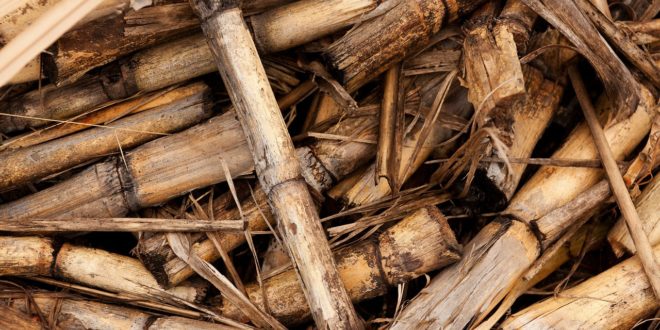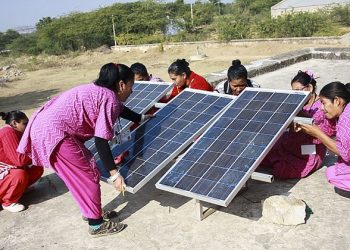When you hear clean energy, your mind likely goes to solar and wind power. They are green alternatives to fossil fuels and are much healthier and safer for the environment. While many researchers have been looking for even more ways to create clean energy, they may not be considering one of the greenest of all — trees.
Trees could truly be a source of clean energy. They have a plethora of benefits and uses already, and many ancient civilizations have relied on them for warmth and cooking. Fire was vital to civilizing humans. Additionally, wood still fuels the energy needs of millions of people around the world.
However, the burning of trees, especially when associated with biomass power plants, has created more problems with the climate than solutions. Yet, the relationship between trees and clean energy has advanced throughout the years. There are many more possibilities for green energy and trees than just being used as a fuel source.
They’re a Renewable Resource
One great advantage of trees is that they can be grown where needed. Every time a tree is harvested, it can be replaced, making it a renewable resource.
Alternatively, fossil fuels are non-renewable and cannot replenish. The carbon footprint associated with them is immense, and they don’t have extended benefits as they’re in the ground.
Trees, on the other hand, provide food, shelter and safety as they grow. Also, trees provide shade around homes and businesses, reducing the need to use energy to cool them in warmer climates. Plus, a conscious selection of tree species would allow for little need for pesticides and fertilizers.
They Clean the Air
Perhaps the most important aspect of trees is that they help clean the air. The burning of fossil fuels and other human activities emit large amounts of carbon dioxide and other greenhouse gases. Fortunately, you don’t have to look far for a natural filter to clean the air around you.
By just planting a few trees around a home or a business, you’ll notice changes in the air quality. They absorb odors and pollutants harmful to humans by trapping them in their bark and leaves.
They Reabsorb Carbon From Burning
Trees are a natural alternative to using machines to create clean air. While they can absorb almost any pollutant, they have an easier time absorbing carbon dioxide from the atmosphere resulting from burning timber. It’s a cyclical process that creates clean energy and prevents the need for fossil-fueled air purification.
If forests and burning wood as clean energy is appropriately managed, huge forests will act as carbon sinks. It would balance out the carbon produced, and carbon absorbed, creating carbon neutrality.
Two Key Projects
It’s still debatable whether burning wood is clean, but new technologies use trees as a source of clean energy. Whether they directly implement raw materials or use tree science as a template, both are paving the way for trees and clean energy.
1. Green Solar Cell Project
This project combines biology and technology for a solar cell at a much lower cost. Green plants, such as trees, can be mixed with chemicals to produce a material that can harness the sun’s rays.
The mixture of green matter and chemicals would be perfect in developing countries as users can paint it onto a roof to create a type of solar energy.
2. Wood Battery Project
In addition to the green solar project, the wood battery project creates an environmentally-friendly battery out of wood and tin. It’s a clean energy source derived from trees.
The fibers in trees are ideal for storing liquid electrolytes, and it’s incredibly long-lasting.
Water, Wind and Trees
In the realm of renewable energy, trees are making their way as a primary source of clean energy. With further research and implementation, fossil fuels could diminish and trees as a fuel source would increase. Many people are still using trees as a form of energy, so why not continue to develop cleaner ways to use the green giants?



